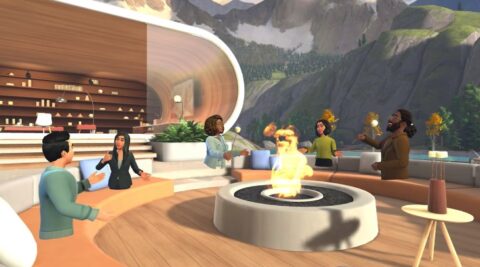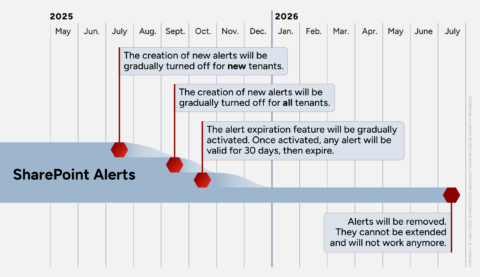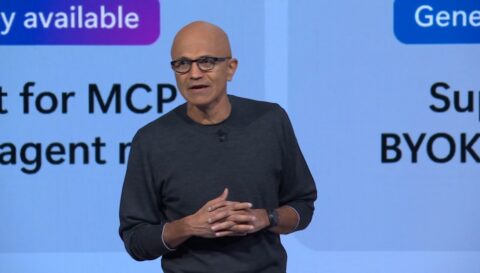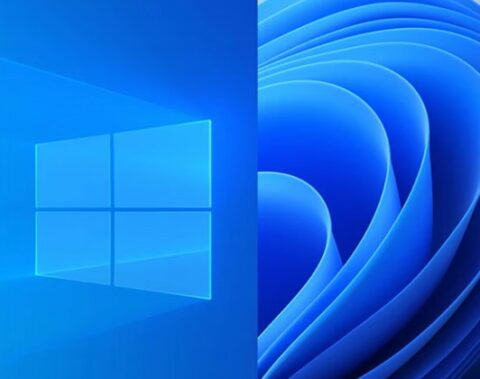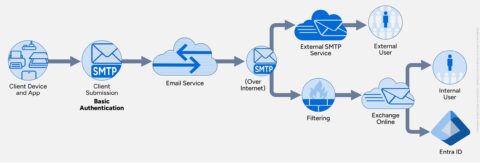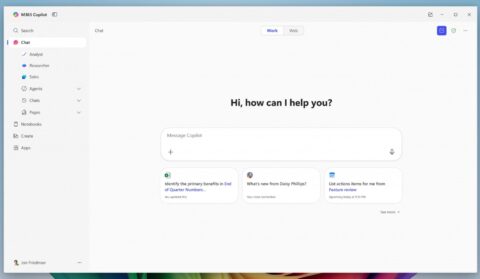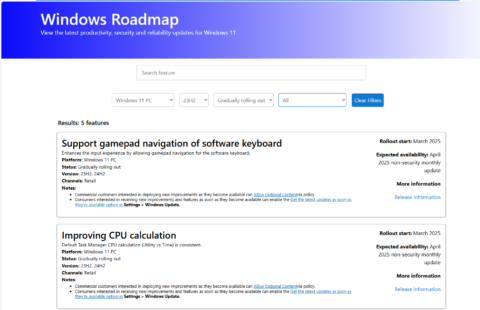May 2, 2025
BlogThanks… I’m Calling it a Day

While writing a report on Windows 365 Link earlier this year I realized my career has gone full circle. This realization struck me as a sign it was time to call it a day.
Everything Old is New Again
How is it my career has gone full circle? Well, it started when I graduated from university fifty years ago this year with an undergraduate degree in Biology. I couldn’t find work in biology. My first paying job out of college was working as a contractor in a community outside Edmonton, Alberta installing up-to four new RJ-11 jacks per house. Prior to that, most phones in residences were hardwired. I was paid by the jack, so I ensured each house got their four jacks, even if the fourth one was in the basement and totally unusable because it was in the first-floor joists next to the lightening arrestor where the phone line entered the house. From there I moved on to working for a company that took off-air signals from the CBS, NBC, and PBS stations in Spokane Washington from an antenna site on Mt. Kelly in British Columbia (Google Maps) and microwaved them across the Rockies so subscribers in Calgary and Edmonton could view them. For a fee. This was when CATV stood for Community Antenna, and it is also where my curiosity for networking began. Eventually I became responsible for making the billing system for the cable company work on a minicomputer running software from a company called CableData. Although I played around with early PCs including a Timex PC that hooked up to channel 3 on a TV working on the Control Data hardware and CableData software combined my curiosity about networking with a new curiosity about computers and software.
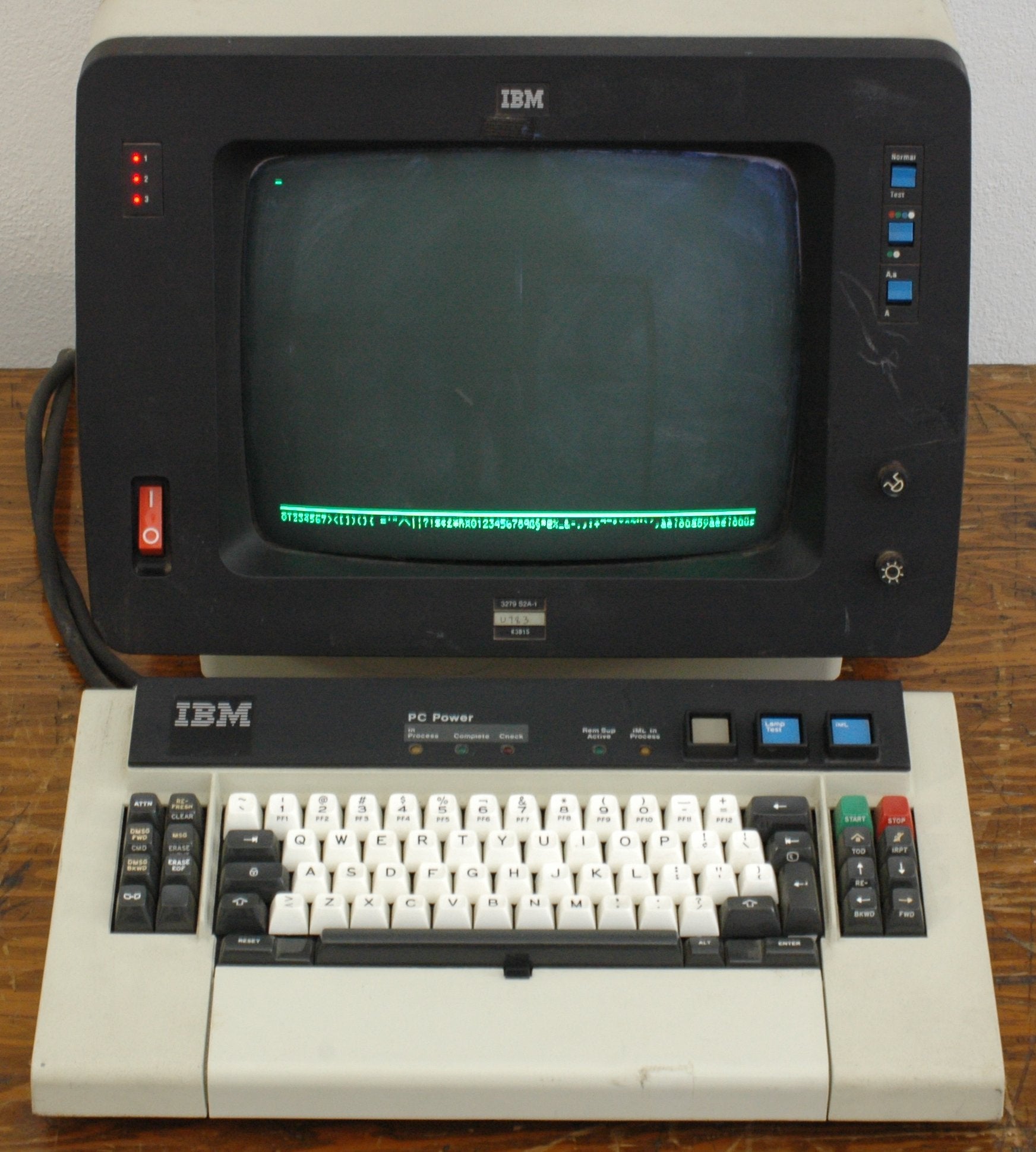
From there I moved onto working for Alberta Government Public Works, Supply and Services in the Terrace Data Center in Edmonton. There my job was to help keep IBM 327x terminals (Fig 1.), control units, and 370X front-end processors connected.
Fundamentally, these devices created a network where dumb terminals, which did minimal local processing, relied on the compute power in IBM mainframe computers. So, how did I get from here, working on mainframe networks to working on PC networking?
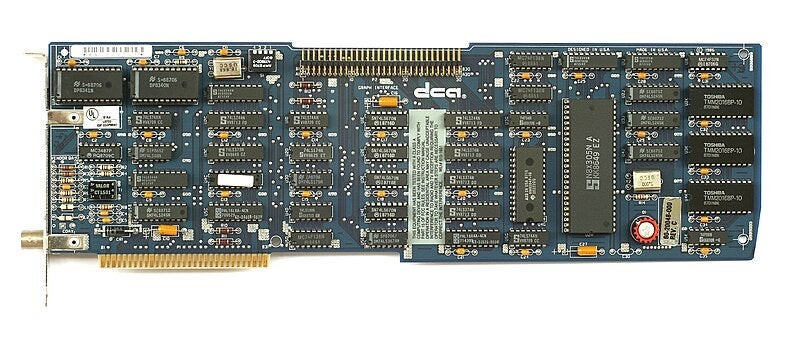
Well, it was about this time that IBM and IBM compatible computers started to enter businesses, mostly for spreadsheets. As was common on these early PCs, companies made add-in cards that could be inserted into the PC to provide specialized services, such as advanced memory management, local area network connections, and one in particular—called an IRMA card—that I was curious about because it claimed to allow the PC to emulate a 327X terminal by connecting to a controller (Fig 2). Actually, it was more than a claim, it really worked very well. We could now use PCs with IRMA cards in place of 327X terminals and the user could use PC apps and access the mainframe.
Although it runs a version of the Windows client OS, Windows 365 Link (Microsoft) completed the circle as it is dumbed down by software controls to be no smarter than a dumb 327X terminal.

It relies on the power of computers in a data center to do any heavy lifting compute wise. The circle is complete. My journey went from networking mainframes, mini-computers, and PCs and for all intents and purposes back to the mainframe again.
Be Curious
This struck me hard. It made me realize that I’d lost my curiosity for technology. And to be a good analyst you need to be curious. They say do something you like, something you’re passionate about. I think you’re better off doing something you’re curious about. And now I’m curious about the irises and wisterias in my garden. I’m curious about wood working. So that’s what I’m going to do now.
As I retire, I know I need to thank a lot of people for their support. This is a problem, because I know I will forget someone who was instrumental. If this is the case, I mean no slight, it is merely that I have always been bad with names.
Thanks Directions Subscribers
First, I want to thank Directions’ subscribers. I hope my analysis provided insights that saved you time and money. It was fascinating to learn about your businesses, and your technology requirements. And especially to learn how you exploit the potential of Microsoft’s products and services.
Thanks Directions’ Great People
I need to thank Paula and Marie, for editing my thoughts and ideas and making them understandable and readable. I’m sorry I never learned the rules for using em and en dashes and commas. I need to thank King Brian for taking my stick figures drawn in Visio and PowerPoint and converting them to charts and illustrations, so my reports were not just a wall of words.
Thanks Bev, Erika, Dean, Kim, Lauren, Marian, Mariia, Matt, Mona, Niki, Stephanie, and Will. You made sure I had everything I needed to do my job. But especially you ensured people could access my work and hopefully find some insights that were valuable.
Of course, I need to thank all the analysts at Directions—past and present—including Andrew, Anne Marie, Barry, Chris, Don, Greg, Jim, Josh, Mary Jo, Matt, Paul, Peter, Rob, Rob, Rob, Scott, Wes, et. al. I was humbled to work with such smart peers. And to Jeff and Rob for creating a company with few rules, a ton of intellectual freedom, time to research ideas, and where people could agree, discuss, debate, and even disagree (politely) about technology, strategy, and how to communicate meaningful information to people looking for real insights.
Just a Few More People That Really Helped
I know, they are starting to play the music to get me off stage, but there are just a few other people who work in the technology press, Microsoft, or other vendors who helped including Adrienne, Janell, Laura, Matt, Noury, Paul, Todd, and Woody. And to the managers at all the companies I worked at for realizing I had a modicum of talent and took a risk on me. I appreciate your confidence, and I thank you. I learned something I needed for the next stage of my career at each of the jobs along the way.
Figure 1 Attribution: Retro-Computing Society of Rhode Island, CC BY-SA 3.0, via Wikimedia Commons
Figure 2 Attribution: Konstantin Lanzet, GFDL, via Wikimedia Commons

